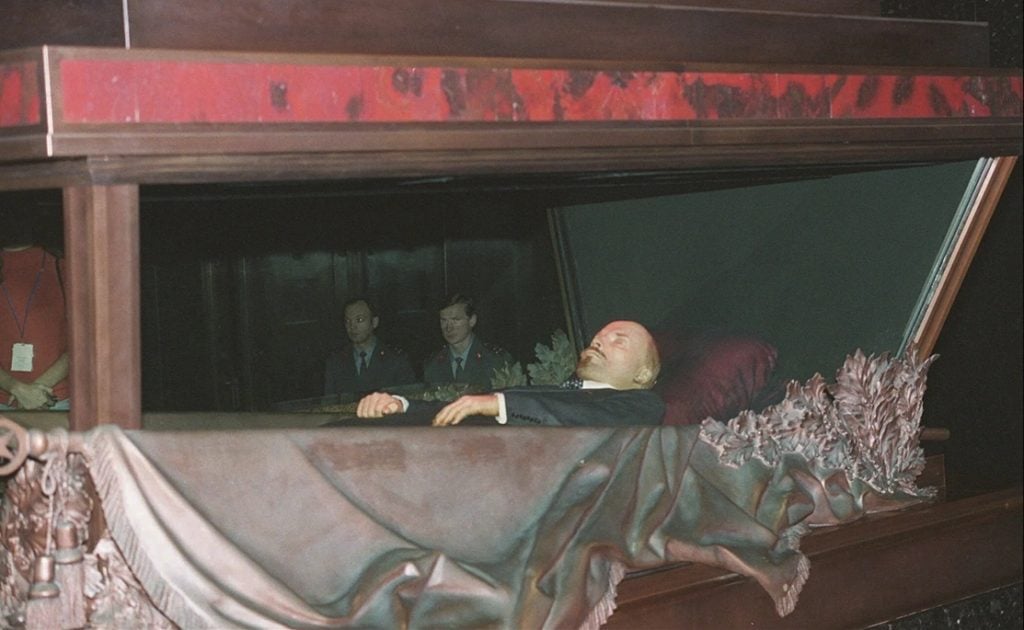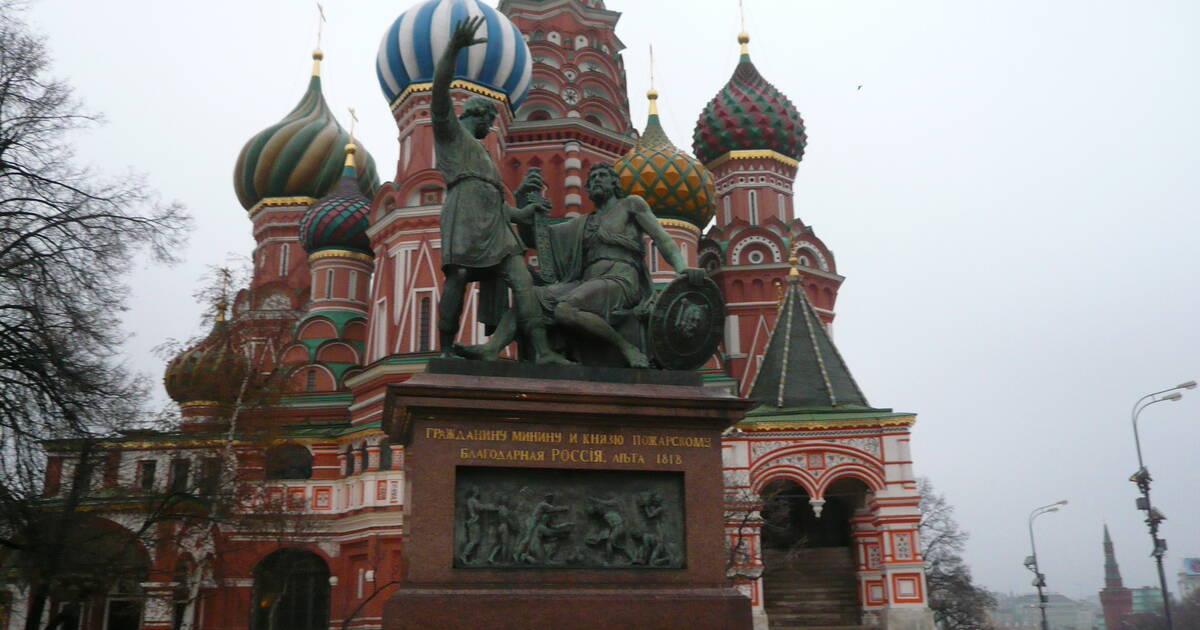The tomb is a popular attraction drawing both domestic and foreign visitors that always form a long line waiting to enter the mausoleum and see embalmed body of Soviet leader Vladimir Lenin.
Current premium viewers: 34
According to official Russian government tender records, Russia’s Ministry of Culture has signed a contract to restore Lenin’s Mausoleum in Moscow for nearly 20 million rubles (about $255,000).
Lenin’s Mausoleum, also known as Lenin’s Tomb, is a mausoleum located at Red Square in Moscow, Russia. It serves as the resting place of Soviet leader Vladimir Lenin, whose preserved body has been on public display since shortly after his death in 1924.
The mausoleum, made of red granite and black labradorite, was built between the years 1929 and 1930.
It has a laboratory with its own team of experts (biologists, biochemists and anatomists) who take care of Lenin’s “maintenance service”. In a twisted futuristic tale worthy of an episode of Black Mirror, the former leader is “repaired” again and again to stay “alive” forever.

The tomb is a popular attraction drawing both domestic and foreign visitors that always form a long line waiting to enter the mausoleum and see embalmed body of Soviet leader Vladimir Lenin.
Entering the mausoleum visitors reach a dark room where Lenin’s remains are kept. The very strict temperature and humidity regulations stop the corpse from decomposing. Lenin’s body is also bleached every week and is submerged in chemicals every 18 months. The years have taken its toll on Lenin’s body, but it is still an amazing sight and testament to the skill of the various embalmers who have worked on the remains since the 1920s.
Visitors are only allowed a short time in the chamber, and they cannot bring in any bags with them. Cameras are also forbidden. The site is open to the public every day, except Mondays and Fridays. Entrance is free.
The mausoleum is one of the most recognizable landmarks in Russia. It has undergone regular maintenance and has been closed on several occasions in recent years, including for public events.
Latest official evaluation of the mausoleum revealed that multiple components of the structure were in a deteriorated state, with certain sections necessitating immediate repairs. The assessment additionally noted the presence of decaying surfaces and mold resulting from insufficient ventilation.
New restoration will address structural damage and update the site for modern use, project documents show. Work is expected to be completed by mid-2027.

Kremlin and Red Square, Moscow
Inextricably linked to all the most important historical and political events in Russia since the 13th century, the Kremlin (built between the 14th and 17th centuries by outstanding Russian and foreign architects)…
In Russia, the discussion regarding Lenin’s burial arises from time to time. Although some public figures have advocated for his burial and other potential uses of the site, Russian officials have repeatedly replied that there are no existing plans to rebury him.
In 2021, a spokesperson for the Kremlin indicated that Moscow had no plans to move Lenin’s remains, citing other national priorities.
A poll conducted in 2024 revealed that one-third of Russians are in favor of leaving Lenin in the mausoleum. Thirty percent support immediate burial, whereas 27% think reburial should only take place if it does not lead to controversy.


